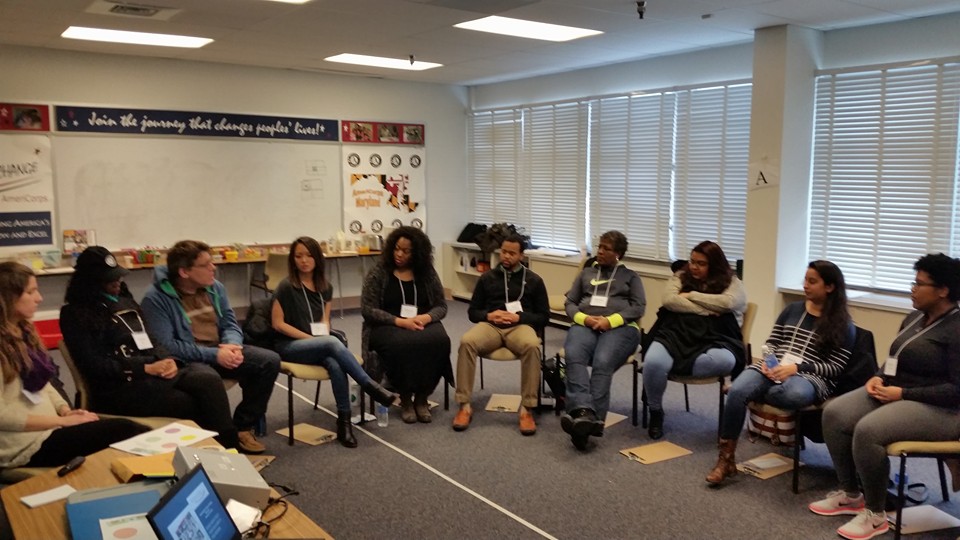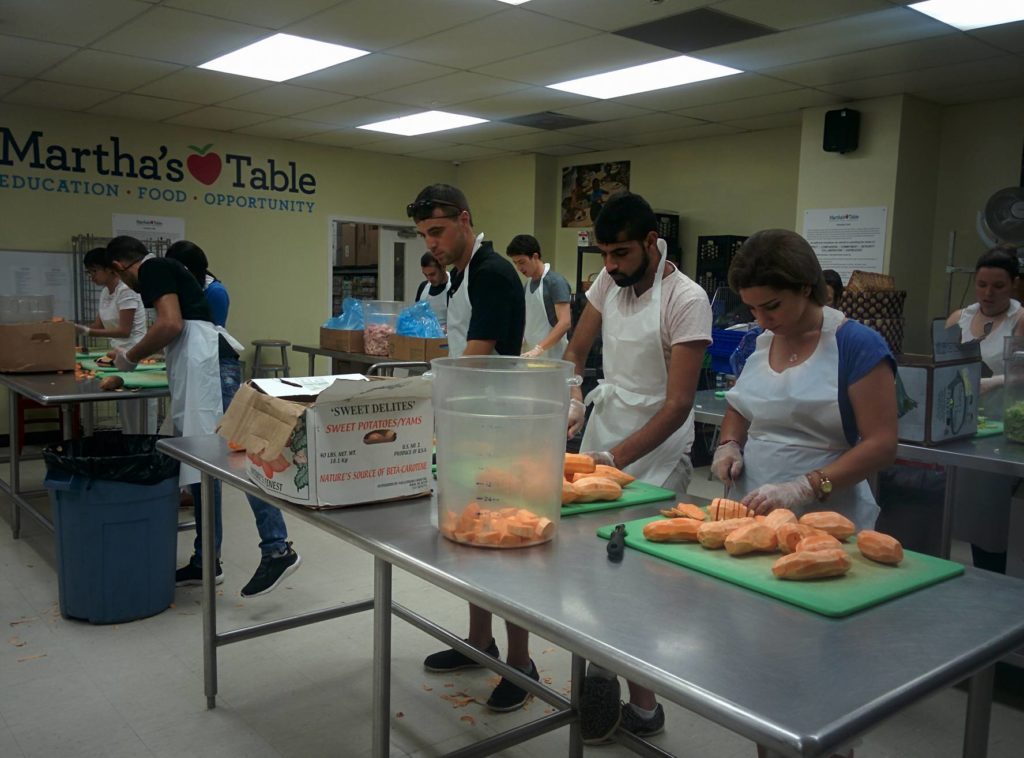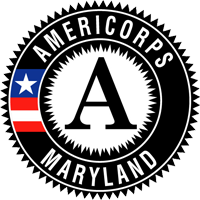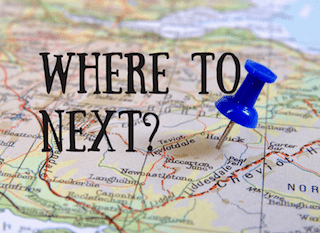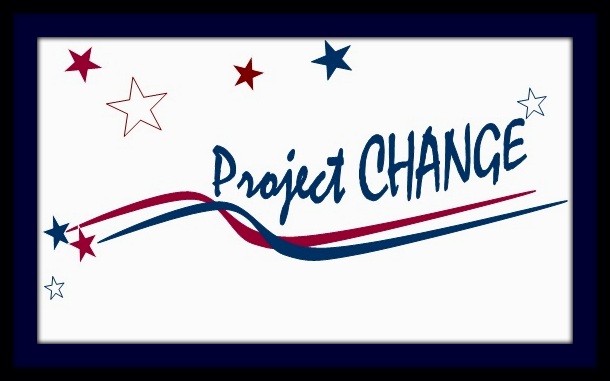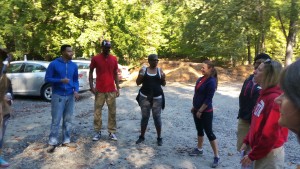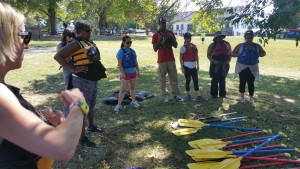
Opinion by Margery Smelkinson, Jennifer Reesman and Bethany Mandel October 22, 2021 at 10:00 a.m. EDT
Margery Smelkinson is an infectious-disease scientist whose research has focused on many pathogens, including influenza and SARS-CoV-2. Jennifer Reesman is a licensed psychologist in Maryland. Bethany Mandel is a writer. They are the founders of Revive Moco.
The vaccination numbers out of Montgomery County are so incredible, they sound as if they’re election results from an authoritarian regime. But according to the county itself, they’re real, with 99.9 percent of eligible Montgomery County residents having received at least one dose of a coronavirus vaccine, and 90 percent considered “fully vaccinated” with two doses. Our hospitalization numbers reflect this near-universal vaccination, with only 22 new coronavirus-related admissions in the past seven days (as of Oct. 18), a 42 percent decrease from the prior week, according to data collected by the Centers for Disease Control and Prevention. It quite literally does not get much better than Montgomery County when it comes to coronavirus vaccines and hospitalizations.
Despite these enviable numbers, however, it still feels like the spring of 2020.
Education continues to be disrupted. The county’s public schools and preschools continue to quarantine entire classes and even whole grades for 10 days in response to a single student or staff member testing positive, despite data from around the world showing these isolated kids rarely go on to test positive. Even in Montgomery County Public Schools’ mostly unvaccinated student population, surveillance testing has revealed infinitesimally low positivity with just 18 positive cases from 28,290 tests administered as of Oct. 8. Though these test results look good, the same cannot be said for the county’s academics. As Montgomery’s was one of the last school systems to reopen last year, it is perhaps unsurprising that math and literacy rates of young learners plummeted by 20 percent and 35 percent, respectively, with children of color and disadvantaged students faring even worse.Each stolen school day for the thousands of children pointlessly placed into quarantine is a lost opportunity to undo this damage. Indeed, studies have shown that even missing just a few days of school, for example because of snow closures, has significant negative impacts on student performance.
Large outdoor gatherings in the county, such as Gaithersburg’s Oktoberfest, Rockville’s classic car show, July Fourth fireworks and Festival of Lights continue to be canceled over “public health concerns related to the COVID-19 pandemic.” Meanwhile, the rest of the country is safely gathering outdoors, even at large festivals and sporting events. The University of Florida recently reported, “Despite concern about packed college football stadiums during the pandemic, college towns like Gainesville aren’t seeing upticks in COVID-19 cases, said University of Florida epidemiologist Cindy Prins, Ph.D., who tracks coronavirus trends nationwide.”
Though Montgomery libraries finally reopened after one of the longest closures in the country, they’re still offering limited services. A county library official told us this week that story times and other indoor programs would not resume until vaccines are approved and available for children. Meanwhile, teen programming remains virtual, despite almost every single teen in the county having at least one vaccine dose.
Many in Montgomery County boast that our mitigation efforts, particularly our strong adherence to masking, are the reason we’re doing so well. However, an analysis of mask mandates in California suggests that it is vaccination rates, rather than masking, that dictate infection rates. The SF Gate reports, “Orange County — a non-mask-mandate county — had a very similar outcome to neighboring Los Angeles County, the first California county to bring back indoor masking in response to delta.” Importantly, these two counties had comparable vaccination rates and, in fact, there was a near-perfect correlation between vaccination and hospitalizations of all counties analyzed. Montgomery County is among the nation’s most highly vaccinated counties. It is this, not the masking of 2-year-olds in supermarkets, that is keeping our community safe.
Elsewhere in the state, life is much closer to what we enjoyed pre-pandemic. Several surrounding counties long ago dropped the indoor mask requirement. Carroll and Frederick counties significantly relaxed school quarantine protocols, and libraries all over Maryland have welcomed guests back to bookshelves and story times. Despite these eased measures, cases and hospitalizations have continued to drop throughout the state.
Montgomery County is clearly waiting on something to resume normality. What? What benchmarks must we meet to consider an off-ramp from these coronavirus “emergency” powers? To say the county leadership has been evasive is an understatement; it is next to impossible to get answers from our elected representatives about the mitigation efforts we’ve all been subjected to over the past year and a half.
With regard to indoor masking, we at least have answers about what’s holding us back. On Aug. 7, the indoor mask requirement was reinstated following the CDC’s classification of Montgomery County as a region with “Substantial Transmission,” defined as 50 to 99 cases per 100,000 people in a seven-day period. However, in an area where almost every single eligible resident is vaccinated and the severity of a “breakthrough” infection carries a risk of 0.01 percent for hospitalization and 0.003 percent for death (likely substantially lower for those under 65), we should not continue counting cases, but instead rely on our number of vaccinations, hospitalizations or intensive care unit utilization when deciding on mitigation efforts. And more frustrating, even when the county mask mandate ends, there is still no off-ramp for unmasking children in school.
The voters are taking notice of county leaders mired in stale practices and clinging to the wrong metrics. If they do not change their ways soon, voters will remember on Election Day those who ignored science and needlessly kept their schools and libraries shut, who strangled their restaurants and other venues with ineffective policies, and allowed fear to cancel safe and popular public events. We will hold accountable those who hold us back.



